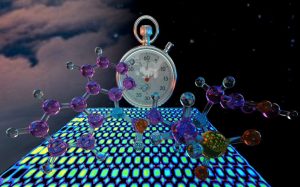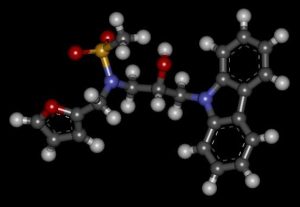
In mammals, the circadian clock plays an integral role in timing daily rhythms of many physiological processes such as sleep/wakefulness, body temperature, hormone secretion, and metabolism. Circadian rhythms are generated in a cell-autonomous manner through transcriptional regulatory networks of clock genes. Perturbations to clock function by genetic mutations or environmental factors (for example, shift work and jet lag) have been implicated in sleep disorders, cancer, cardiovascular and metabolic diseases. Therefore, understanding the circadian clock system has strong impact on human health.
Although more than a dozen of clock genes have been discovered, additional clock components are suggested to exist for the regulation of clock function. Our lab has established novel approaches to search for clock components through cell-based high-throughput screening. From a genome-wide RNAi screen in human cells, we identified more than 200 clock modifiers that cause robust period change or high amplitude upon knockdown. We also applied chemical biology approaches that utilize compounds to perturb and dissect biological mechanisms. From the screening of hundreds of thousands of compounds, we isolated a number of small molecules that dramatically change the circadian period.

We are also interested in the regulation of metabolism by the circadian clock. To study how the cell-autonomous clock regulates various aspects of liver physiology, we have developed the MMH-D3 mouse hepatocyte cell line as a model system for circadian clock study. By applying genome-wide expression profiling, we identified over 900 genes that show circadian expression patterns. We are generating and integrating a broad array of data from multiple high throughput platforms to define the cell-autonomous network controlling physiological outputs in MMH-D3 cells.
By combining molecular, genetic, genomic, and chemical biology approaches, our lab is beginning to define a number of molecular links between the circadian clock and rhythmic regulation of physiology and behavior. Analysis of circadian rhythms across multiple organisms affords a unique opportunity to define molecular controls over whole organism behaviors. These results will certainly provide targets for clinical and agricultural applications aimed at improving quality of life.
Mammalian Team Researchers: Meng Qu , Lili Zhou ,Tia Tyrsett Kuo, Yuanzhong Pan, Priscilla Chan, Jiarui Wang, and Dardan Demaliaj